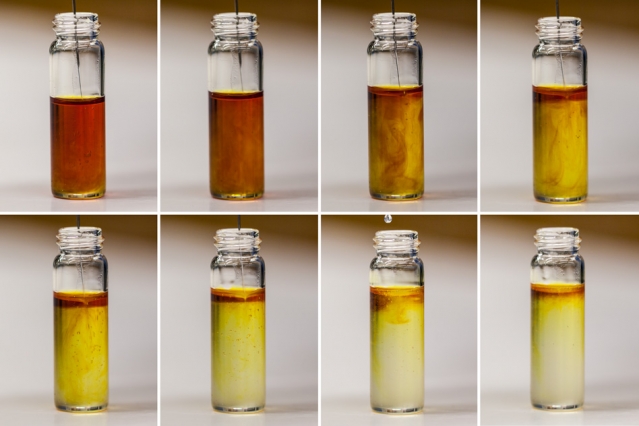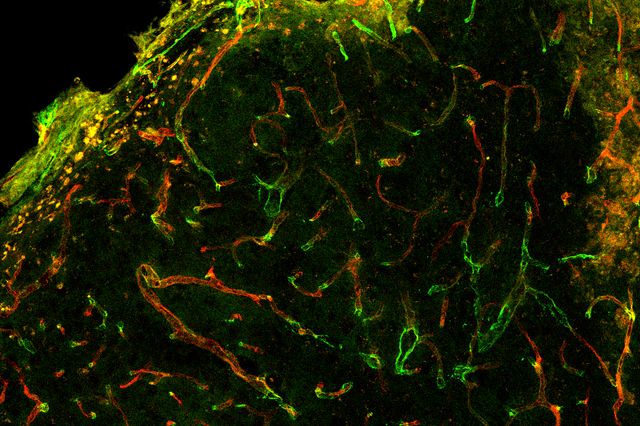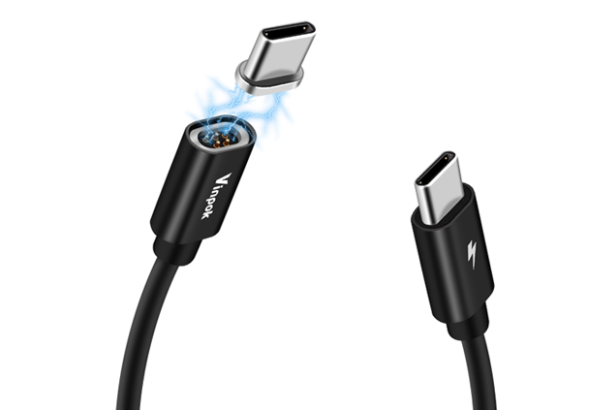An MIT research team has studied in detail a promising next generation lithium battery know as a lithium-air or lithium- oxygen battery. This type of battery, which has the potential to offer more power by weight than the current lithium ion batteries, has had conflicting and contradictory results in other studies, slowing down advancements to its development.
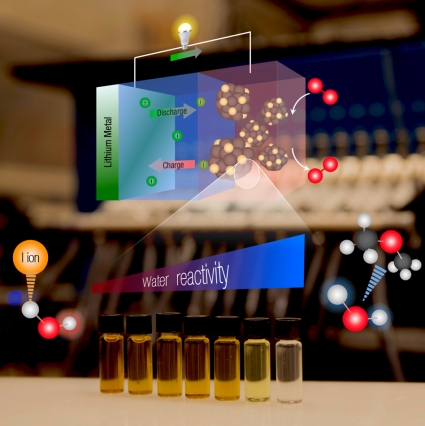
Courtesy of the researchers
The MIT study, published in Energy and Environmental Science, focuses closely on lithium iodide, or LiI, a substance thought to aid or stabilize the reactions in the lithium-air batteries, in order to clarify and pinpoint the mechanism responsible for the batteries’ inconsistent results.
The lithium-oxygen battery is unique because one of the electrodes is made of air, instead of a heavyweight metal, while the other is composed of lithium, one of the lightest metals. This makes for an extremely lightweight battery, which if successful would be a huge advantage to the automotive field, making it possible to power a wider range of electric vehicles.
However, lithium-air batteries have a number of drawbacks, including a low number of total charge-recharge cycles, inefficient energy returns, and the high voltage charge requirements, caused by the unreliability of the oxygen electrode.
A number of scientists have suggested the use of LiI to resolve the problems but this substance has returned just as inconsistent results. The MIT team studied LiI both inside the battery itself and separately outside of the device.
Using a number of techniques, researchers found that the reaction of LiI and water produced lithium hydroxide which interfered with the batteries’ ability to charge. While this seems like a setback for LiI specifically and lithium-air batteries, in general, it may in fact still lead to lighter, better batteries.
Now that MIT researchers have identified the problems with LiI, further studies can work on finding other substances or solutions to the problems and still keep the potential of the lithium-air battery alive.
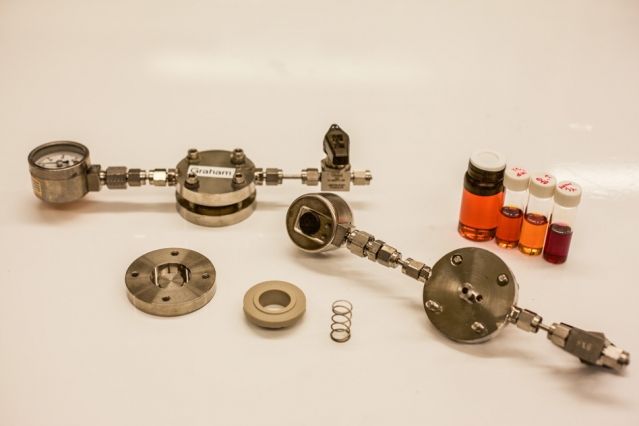
More News to Read
- Disney has Developed a Software That Makes it Easy to Animate Characters
- Take A Closer Look at Bacterial Biofilm Machines
- Research Confirms Diabetes is Linked to Problems the Oral Microbiome
- New Observation Results of the Sun Surprises Astronomers
- Most Accurate Measurements of Dark Matter and Dark Energy Revealed by Dark Energy Survey

